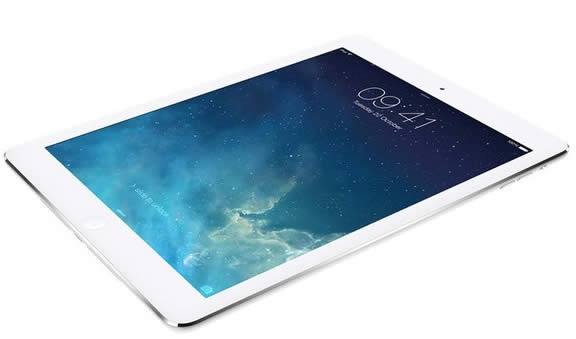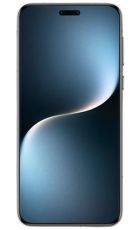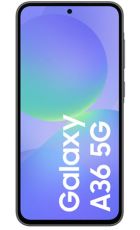The iPad has had a number of incarnations over the years – and then there was the iPad mini, the New iPad and then the fourth one, which was called the common-or-garden iPad confusingly.
There are two new devices added to the iPad stable now – an iPad mini that features a Retina screen, and the iPad Air that we review here. This is the latest full-size 9.7in model – we guess it might have been called the iPad 5.
The iPad Air has a slim chassis, a new A7 chip under the hood and the updated iOS 7. Sounds like there’s lots on offer, but is it the one to go for whether you’re new to the iPad or looking to upgrade.
Slimline
The iPad Mini is often our device of choice, because we find the iPad 4 just too weighty to use for long. That 9.7in device was weighty at 652g, and its frame was nearly an inch thick, which didn’t make it very comfortable to hold onto.
In comparison, the Sony Xperia Tablet Z has a slim 6.9in chassis which is far preferable if you have to lug it around.
Happily, Apple has had a rethink with the iPad Air, which boasts a slim, lightweight chassis – it feels comfortable to hold and use – even after half an hour of use, we didn’t suffer from aching muscles, as we did with the iPad 4. It’s not quite as comfortable to hold as the iPad Mini but it’s not bad.
Looking good
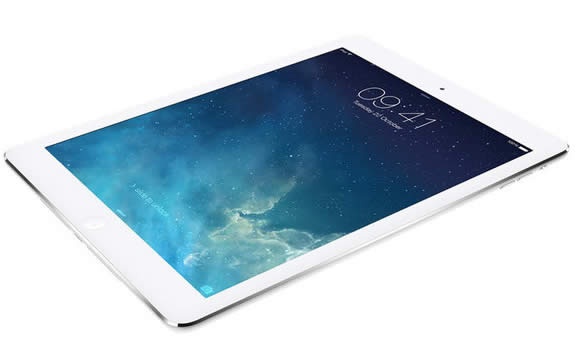
When it comes to looks, the iPad Air is similar to its predecessors – those lovely shiny borders (slimmer than on their other large iPads) surround the stunning Retina screen. And there’s no concern about your thumbs straying onto the display – Apple has introduced its smart display tech, which can cancel any accidental moves.
Below the screen sits the home button; above it is the FaceTime snapper. There isn’t a fingerprint scanner but that’s no big loss really. Fast access isn’t as important as it is on a smartphone that you’re unlocking umpteen times a day.
On the back, there’s a silver back (it also comes in charcoal) and the Apple logo, which is a greasy fingerprint magnet. The speakers can be found at the bottom, as they are on the newest iPhones, but the all the other ports and buttons are in the same places as they are on the previous iPad.
If you have enough cash for the cellular model, it comes with a SIM card slot that can be found on the bottom left edge (although you still need that pin to get it open). Note that the iPad Air is 4G lTE compatible.
Big screen
The Retina display is just as it is on the previou model – but it’s so good it doesn’t need changing – the HD films look fantastic, with crisp visuals. The screen is vibrant enough to make editing video and photos a joy in both iMovie and iPhoto. Viewing angles, contrast levels and brightness levels are fabulous.
You are stuck with iTunes for loading up video and music which is annoying because it is unintuitive. Mind you, once the films are on the device, it offers a great way to enjoy a movie when you’re out and about.
The built-in speakers are impressive – they are clear and powerful enough for listening to films and music at home. If you’re commuting, you’ll have to find your own headphones as there are none bundled with the device. If you like streaming media but can’t afford the cellular model, the good news is that the tablet has a MIMO Wi-Fi receiver, which gives smooth online video playback.
There are a number of iPad Air models to choose from – for £399 you get a 16Gb model – right up to the 128GB model. If you want to take your media collection with you, and download loads of apps and games, you’ll at least want the 32GB model – remember you can’t expand your storage as there’s no memory card slot.
7th heaven
iOS 6 wasn’t our favourite operating system – as it didn’t help the ageing interface and introduced some annoying additions. But the good news is that iOS 7 is a great improvement – it has a new look, with tweaked background and icons, plus it has a Control Centre a la Android (access it by swiping up from the base of the display). This offers simple access to feature toggles and media controls as well as an updated and improved Notification Centre. Siri is also smarter – checking more sources, such as Twitter and Wikipedia, when it is asked a question.
You get even more value thanks to the fact that you can download iLife and iWork apps for free from the App store. In iWork you’ll find Pages, which is a word processor that creates magazine-style pages, a presentation app called Keynote and a spreadsheet app entitled Numbers. GarageBand for audio editing, iMovie for video editing and iPhoto for image editing, are available together in iLife.
Even though it’s still missing things like the widgets you see on the Android OS, there’s plenty to appeal here – and it’s only the fiddly iTunes you have to use for downloading media that lets it down.
Battery life and performance
We found games and apps ran beautifully thanks to that powerful 64-bit A7 processor. Playing the likes of Infinity Blade 3 revealed the graphical power of this device, with smoothly rendered HD scenes complete with shimmering water effects and lens flare. As time goes on that 64-bit architecture will come into its own as more graphically intensive offerings are available to download.
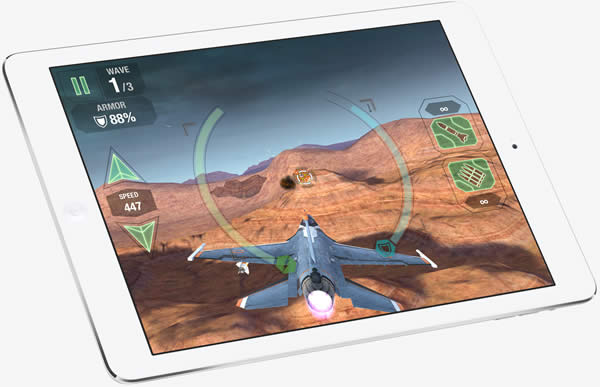
Often when you get more performance, battery life suffers horribly. The fourth-gen iPad lasted through seven hours of streaming video with the screen on full brightness – and the iPad Air managed a massive nine hours of similar conditions. Playing some intensive games sees juice drain after around five or six hours – but that’s still pretty good. It is a shame that it takes five hours to get the device fully charged again – don’t even bother trying to charge it from a computer.
Taking pictures
For taking pictures there’s a five-megapixel iSight snapper on the back. It’s been kept simple so you can’t do much more than point and shoot – and we don’t think that’s a problem. Even though the device is light for a tablet it’s not really made to be held as a camera (like all other tablets) – it’s fine for the odd shot, but if you’re taking several images, we’d just use our smartphone.
But if you do want to take some images, it does a decent job, It has an f/2.4 lens that lets in plenty of light and produces bright but not over-exposed pictures. It is also possible to grab 1080p HD video – zoom in and out by pinching with the fingers. It was a shame that the mic picked up our movements though. Audio quality is ok everywhere except really loud surroundings.
If you want to take selfies, the front-facing lens brings in a good amount of light even in darker conditions. It is also possible to grab 720p HD video, which includes decent audio quality and plays back smoothly.
Our conclusion
Apple has managed to turn around all the not-so-good things about the fourth-gen iPad – including the weighty chassis and awkward operating system to bring us a powerful, sleek tablet. If you have the cash, the iPad Air offers an apps/games/move experience which is not beaten by any other device at the moment.


